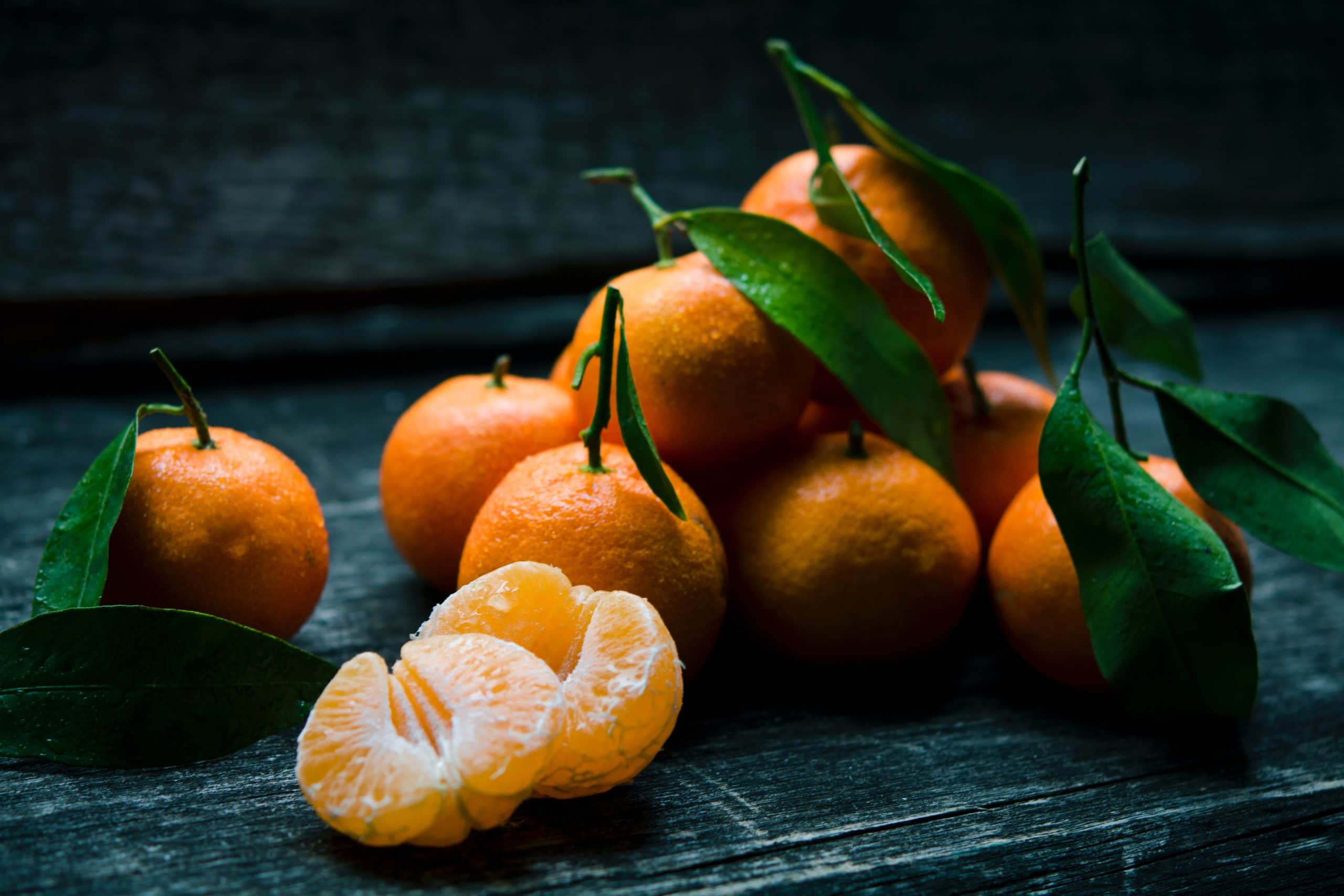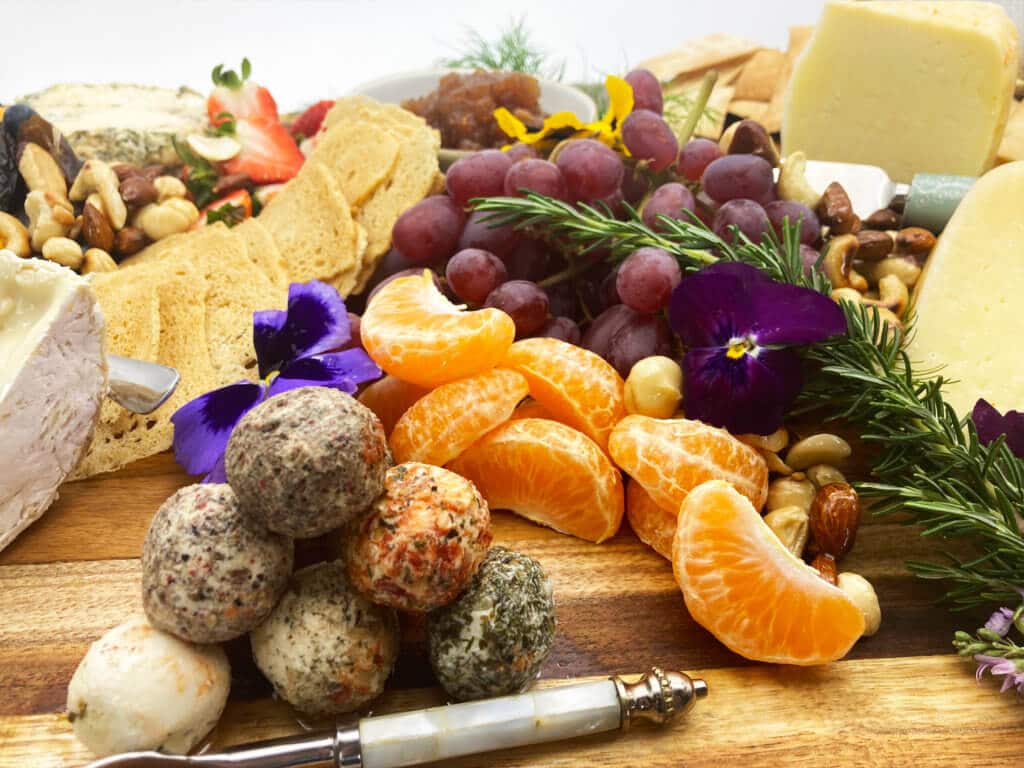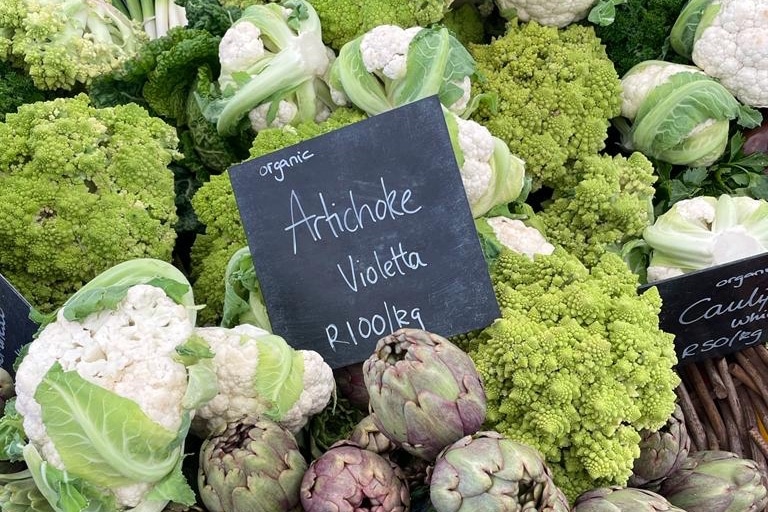The South African citrus season started back in February with lemons and continues until September when the last oranges are harvested in our country. It’s been a record-breaking season for citrus exports, despite everything else going on in the world, and the demand continues to soar.
Here’s a quick background to one of the best and most booming sectors of South Africa’s agricultural industry, and then a look at a few ways that you can enjoy and benefit from citrus in the coming weeks. We’ve also got a new product to show you!
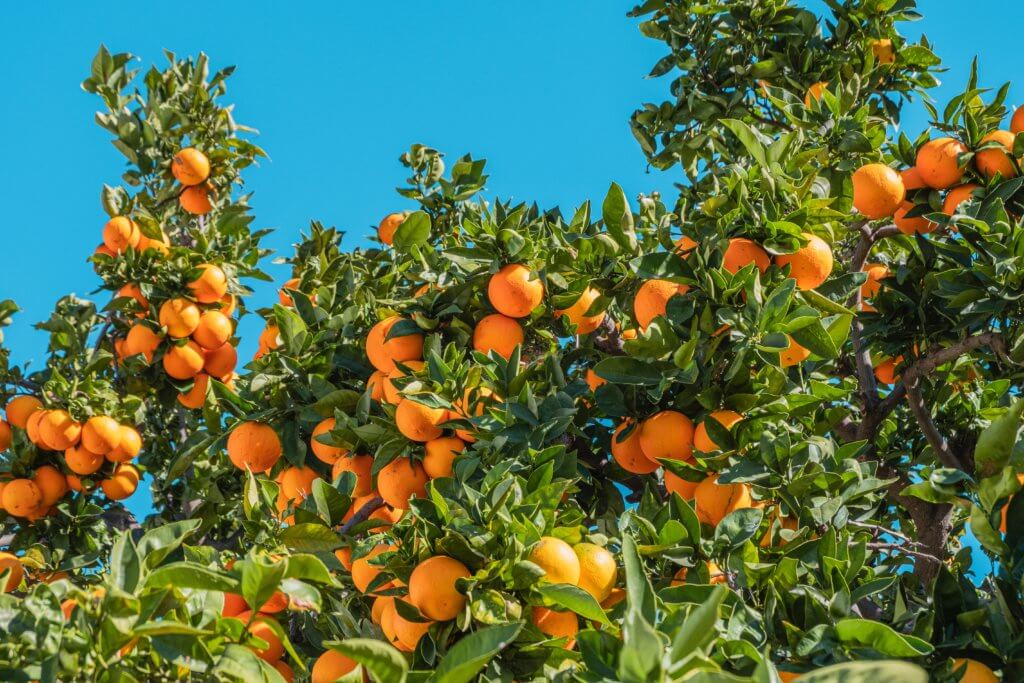
South African citrus at a glance
- South African citrus isn’t a new thing
- The 2021 citrus boom in South Africa
- Who doesn’t need a bit of Vitamin C in winter?
- What are the health benefits of Vitamin C?
- A new arrival in the Sol’s range
- Chef Sol’s hot citrus take
- What’s the difference between a naartjie and an orange?
- Did you know?
South African citrus isn’t a new thing
The South African citrus industry is the largest exporter of citrus in the Southern Hemisphere, accounting for more than 60% of the exports from below the equator. Only Spain exports more citrus by volume. Citrus is resilient, making it capable of growing along various climatic regions of the country. The industry is concentrated mainly in the Western Cape, the Eastern Cape and, fittingly, along the Orange River.
Coupled with these, citrus’ wide universal appeal and versatility only adds to its popularity among people of all ages.
The 2021 Citrus boom in South Africa
South Africa’s citrus industry will have exported approximately 160 million cartons this season making it an all-time record period in its sector. The domestic citrus sector has been growing at a rapid pace, with 146 million cartons exported last year (via the Daily Maverick). This can be explained by a range of factors, not least of which boosted demand for Vitamin C products.
“Considering the gathering clouds over the investment climate, such as the uncertainties around expropriation without compensation, the massive growth in citrus is an impressive achievement and dovetails with the government’s stated objectives of export-led growth.”
The Daily Maverick
Who doesn’t need a bit of Vitamin C in winter?
One of the most beautiful and simple joys during the winter months is picking up a massive sack of oranges for next to nothing. The diversity of citrus in South Africa means that there’s something for everyone. Orange, grapefruit, lemon, lime, mandarin, kumquat and the quintessentially South African fave, the naartjie, are all winter fruits that deliver that much-needed Vitamin C punch.
In a year when safety and personal health are of paramount importance, we need all the help we can get and Vitamin C plays a vital role in that, especially in the last throes of winter.
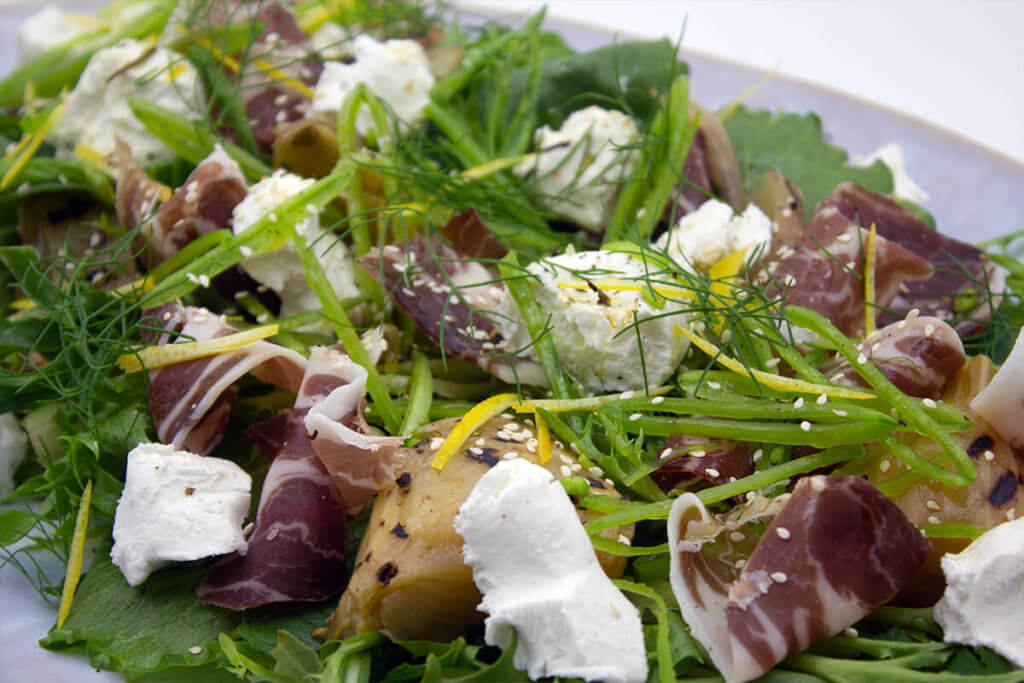
What are the health benefits of Vitamin C?
- Vitamin C is a strong antioxidant that can boost blood antioxidant levels, which his may help reduce the risk of chronic issues like heart disease.
- Vitamin C supplements have been found to lower blood pressure in both healthy adults and those with high blood pressure.
- Vitamin C supplements have been linked to a reduced risk of heart disease. These supplements may lower heart disease risk factors, including high blood levels of LDL (bad) cholesterol and triglycerides.
- Vitamin C-rich foods and supplements have been linked to reduced blood uric acid levels and lower risk of gout.
- Vitamin C can improve the absorption of iron that is poorly absorbed, such as iron from meat-free sources. It may also reduce the risk of iron deficiency.
- Vitamin C may boost immunity by helping white blood cells function more effectively, strengthening your skin’s defense system, and helping wounds heal faster.
- Low vitamin C levels have been linked to an increased risk of memory and thinking disorders like dementia, while a high intake of vitamin C from foods and supplements has been shown to have a protective effect.
A new arrival in the Sol’s range
We’ve got a brand new product in the burgeoning Sol’s stable. Our Méthode Cap Classique Marmalade is about as fancy and delicious as it sounds. It’s made from the finest organic oranges, infused with MCC and representative of the Western Cape’s rich natural heritage. It’s elevated by the aromatic flair of star anise and cinnamon to produce an indulgent preserve that pays homage to the provenance of the region. It’s buttery, bold and delicious on toast with cheese.
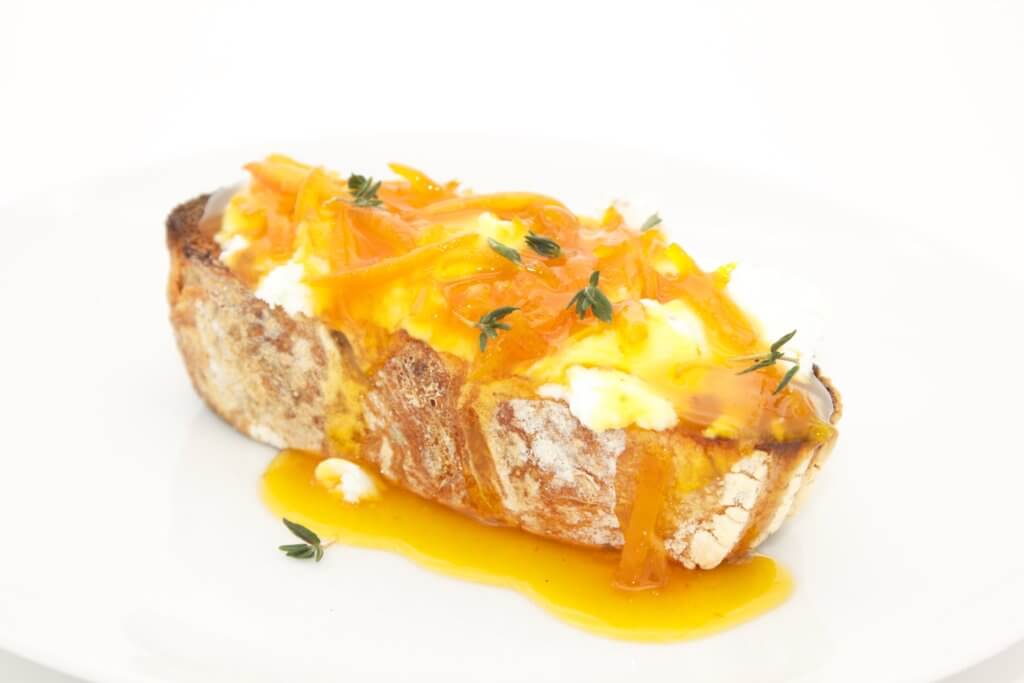
Chef Sol’s hot citrus take
Citrus introduces a world of possibilities for pairing, trends and techniques. For me, citrus is the most elegant and natural way to usher acidity into a meal. A flavour that swings both ways, sweet or savoury. Although it’s most accessible as a subtle addition at the seasoning stage of a dish, citrus evolves well with cooking too. Not only that, but the acid in some citrus has a low enough PH level that it denatures the protein networks in certain meats and fish, the same effect one would obtain through cooking with heat. This gives rise to techniques like ceviche (a dish of Peruvian origin, where fish is marinated in lime or orange juice alongside Amarillo chilli) where an extremely healthy and fresh method of preparation can be seen. This is a technique beloved by chefs for its ability to present a hero protein in a clean and fresh manner. It has become commonplace in modern fine-dining kitchens around the globe and it’s also a foundational element in simple classics like hummus.
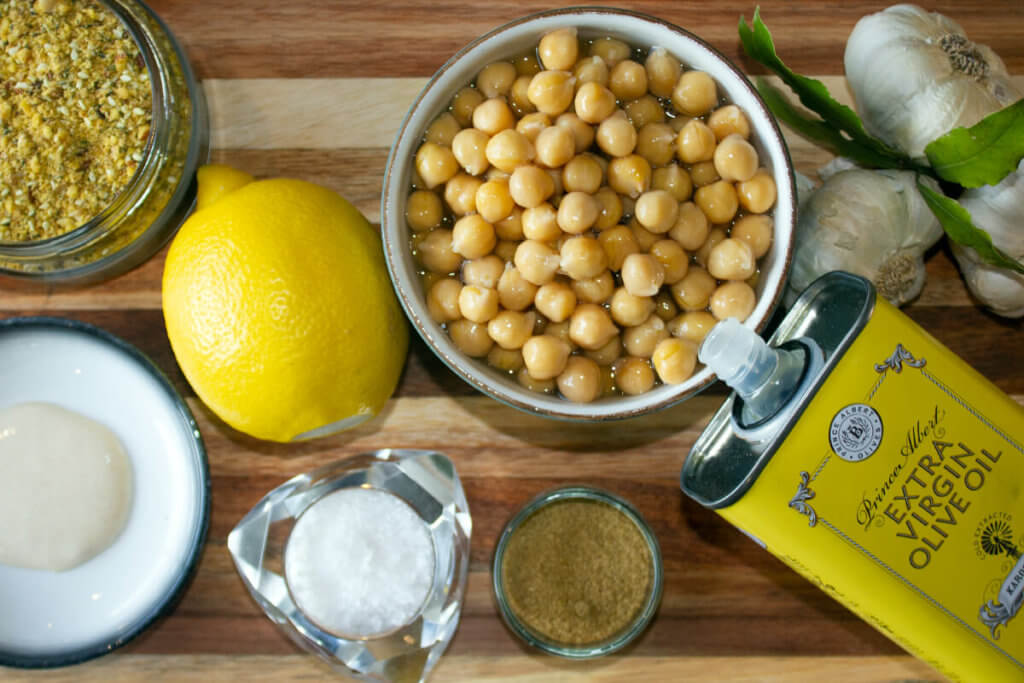
Citrus is packed with a natural pectin which is why, when unlocked through heat, setting jams and marmalades with them as an ingredient is easy as pie. It’s even used in the making of Earl Grey tea.
What always amazes me is the broad spectrum of citrus as a fruit category where no two varieties are even remotely alike. Think of a naartjie vs a kumquat, a grapefruit contrasted with yuzu, and the stark contrast between Bergamot and Seville oranges. It’s crazy!
But for me, the most astounding thing about citrus is how many flavours can be extracted from one fruit. The segment, the pith and the rind all do different jobs and they do them so well. They all possess unique characteristics and uses and each of these then differs further between all of the aforementioned varieties. The culinary potential of citrus is almost unparalleled. Besides, who doesn’t love smashing an orange directly over the sink?
If you missed our apple crumbled with orange creamed goats cheese & honeycomb nut brittle, here it is again.
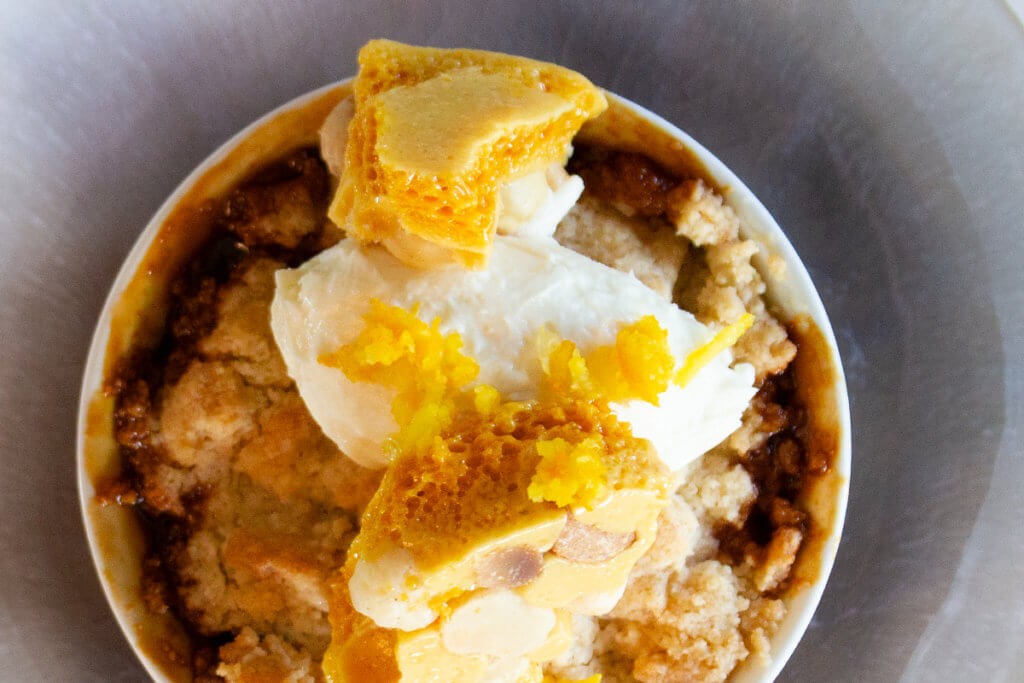
Even though South Africa is a big global player in the citrus game, we do still see imported citrus goods on the shelves of our favourite stores. Always try and eat with the seasons by consuming local products. What’s your favourite citrus fruit, are you team orange or team naartjie?
What’s the difference between a naartjie and an orange?
Tangerines and oranges have similar qualities because they are members of the same family. They may even look alike, but they are actually two different species of fruit with separate origins and varieties. As for naartjies, they are essentially loose-skinned tangerines. Does that that makes sense? Probably.
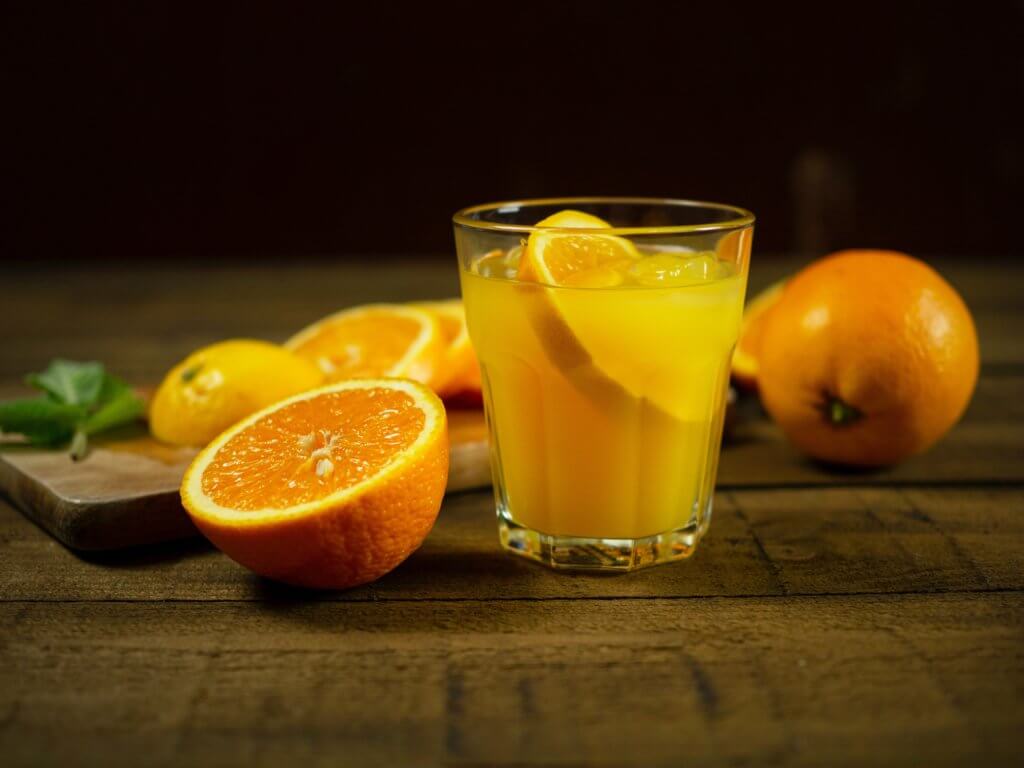
DID YOU KNOW?
Tangerines are a subgroup of mandarin, while oranges are a hybrid of the pomelo and mandarin fruits. Oranges originated in Asia, while tangerines originated in Florida.
healthline.com

